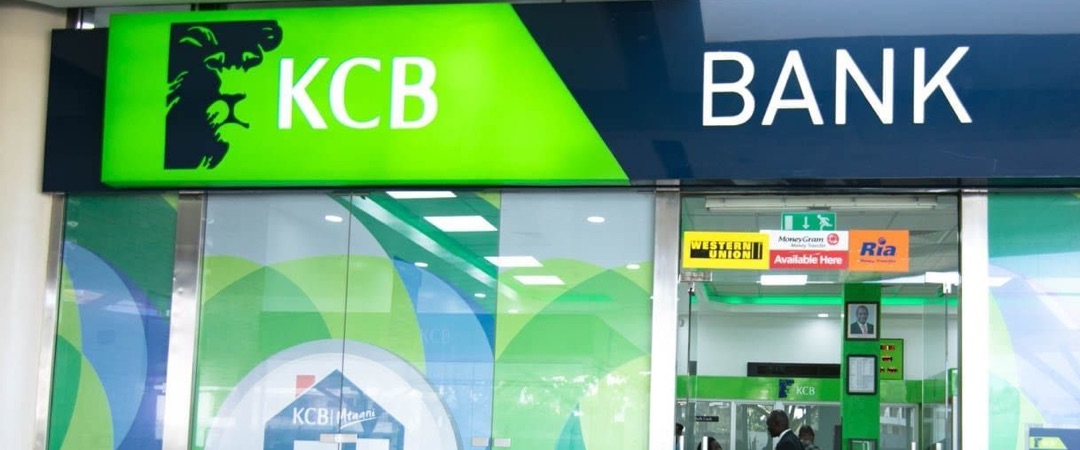advertisement
KCB Uganda Launches Three Digital Products To Accelerate Customer Services

Kenya Commercial Bank Uganda (KCB) Uganda has unveiled three new digital products that will revolutionize and accelerate banking for its customers.
The three digital products include; the Online Account Opening service, Kaycee, the customer-friendly Chatbot that will support real-time interactive conversations and ATM recyclers that accept cash deposits and withdraws conveniently.
While addressing participants during the launch, at Kampala Serena Hotel, Edgar Byamah, Managing Director of KCB Uganda said: “With the constant rise and improvement in technology, different sectors have upgraded their services with the adoption of new technologies that are tailored towards offering their customers improved services in a timely and reliable manner; this enhancement reinforces KCB commitment to offering banking solutions that fit into the lives of its customers”.
advertisement
He added that, through their new products, customers and potential clients will now be able to open accounts by visiting KCB Uganda website, have 24-hour access to customer support through Kaycee, their friendly chatbot.
“Account opening has been simplified and moved online to enhance convenience for our customers. All you need is an internet-powered mobile phone, tab, laptop or computer to open your account with us,” he added.
The 2021 third-quarter market report of the Uganda Communications Commission, says by the end of September, total internet subscriptions in Uganda crossed the 22 million mark for the first time. This translates into a broadband penetration rate of 52 per cent and means that one in two Ugandans has an active internet connection.
advertisement
Speaking as Chief Guest, Dr Tumubweine Twinemanzi, the Director of Supervision, at Bank of Uganda, hailed KCB Uganda for investing in digital banking services. He said it is the right step in the right direction for the bank and its customers.
“Bank of Uganda welcomes the use of technology in enhancing service delivery because it increases efficiency and lowers the cost of access of services for the customer.” Tumubweine said.